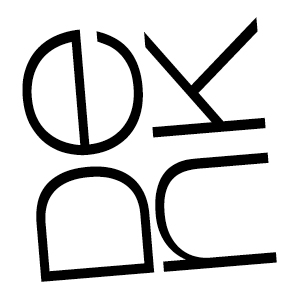PEAK-A
Management diagnostics in the 21st century:
Maximum potential development through the detection of your own "blind spots" with the PEAK-A
Many things are measured in companies. The Dealing with peak performance in top management is proving difficult, however. The uncertainties in dealing with the topic are sometimes too great.
Competitive sports do not know these problems: Success would be unthinkable without top performance. While it seems completely normal for a top athlete to have their performance constantly analyzed, performance measurement in top management is - let's say - "sensitive".
That made us curious: Why is that the case? Is it even possible to measure performance? What is the point? Don't we need a "desire to perform" at all management levels? Don't people perform automatically if the environment and the team are right?
So what is the situation in companies?
Companies want to evaluate, find and develop leaders who can achieve successful results in the team. Various proven analysis tools are used to recognize potential and promote undiscovered skills or uncover learning areas in leadership behaviour.
Unfortunately, existing test instruments are based on an outdated understanding of leadership, some of which is 50 years old.
As chance would have it, Dr. Roland Geschwill, Managing Director of Denkwerkstatt für Manager, and Dr. Peter Görlich, a renowned football manager, met at the same time in January 2020. Two experts, one in top management, the other in top soccer. The two of them get to grips with the topic of "top performance" and quickly agree - top managers could learn a lot from professional soccer: right-wrong decisions in stressful situations, the secret of the game-deciding dressing room speech, unerring talent scouting, recognizing potential.
This idea resulted in a product: the PEAK-A!
The PEAK-A is a combination of proven test instruments from the areas of motivational scales from top-class sport, leadership understanding and personality in conjunction with AI-supported language effectiveness diagnostics.
The PEAK-A is a contemporary adaptation in a working world characterized by mobility, transfer and complexity.
Top-class sport and top-class management are not so far apart. Let's just take the best of both worlds.
With the PEAK-A battery of tests this is possible for the first time.
The Denkwerkstatt for managers has contributed significantly to the development of the PEAK-A contributed. The product digitization and development of the platform is the responsibility of Unfreeze People GmbH, a spin-off of Denkwerkstatt for Managers. Today, Denkwerkstatt for Managers is a "Preferred Partner" in marketing.
Lateral management
The culture is always evolving. The best way to explain how we work is with a case study, because how lateral management is implemented is always different. Because: Every company is unique!
... moreLCI®
The tool for measuring corporate culture. Freely adapted from Peter Drucker "Only what can be measured can be managed".
... moreExecutive coaching
Individual coaching is considered the efficient learning method in many organizations today. "Performance Coaching" focuses on performance improvement.
... more